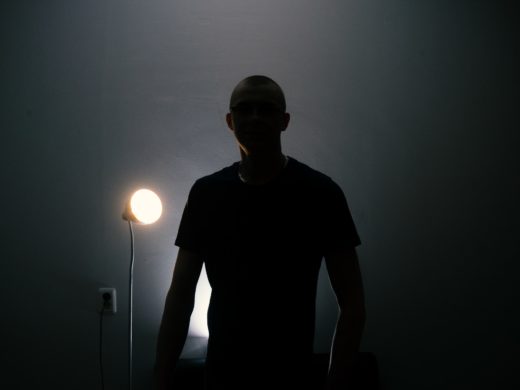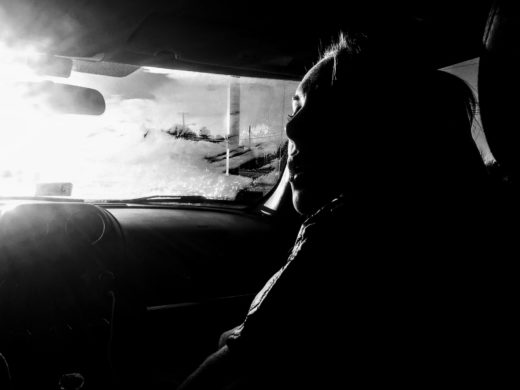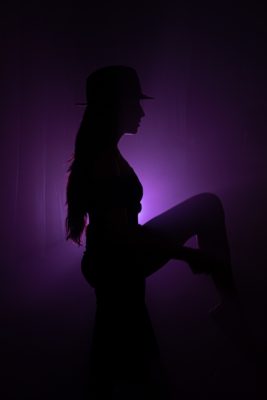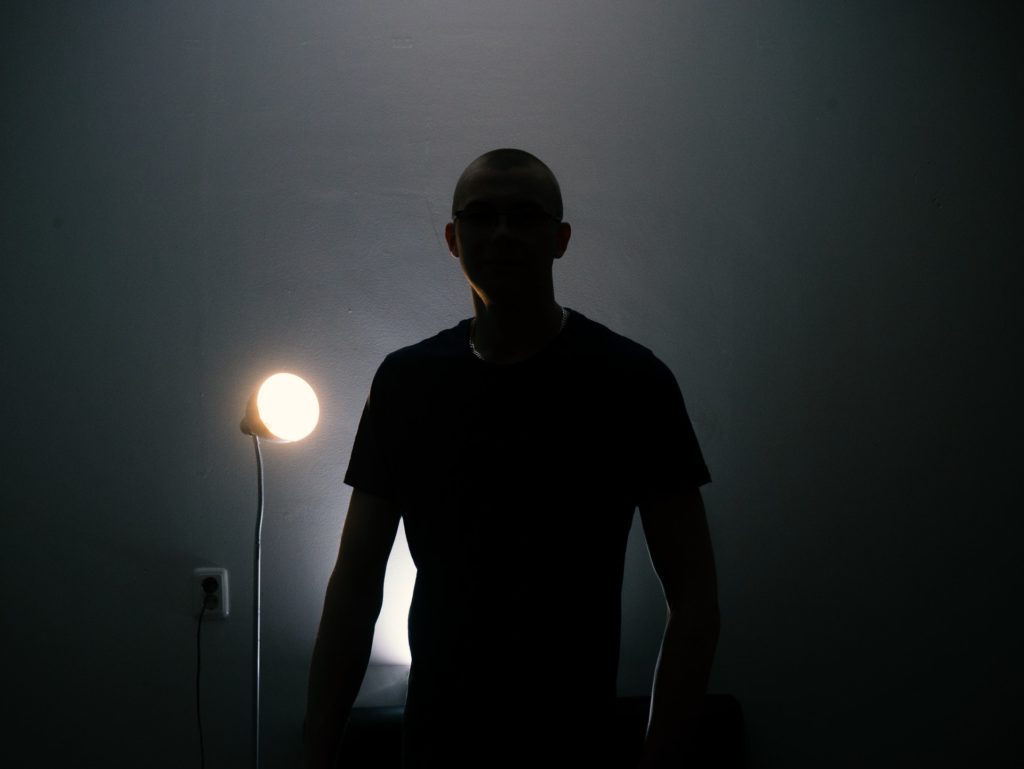
One of the rules of coarse cinematography is not to make wonderful images, but to make images that nobody can tell aren’t wonderful. Last time we thought about this, we took refuge in macro photography, a technique that allows us to concentrate all of the art department’s limited resources in an area two inches square. Excluding the uglier parts of a dubiously-attractive location by framing them out or burying them under a pile of bokeh has to be one of the cheapest tricks in the book.
Unfortunately, at some point, even directors who seemed quite reasonable over coffee during preproduction will demand that we include at least an actor’s face, if not some portion of the upper body. In doing that it’s likely we’ll be able to see not only the actor, but the costume, location and other aspects of production design, or lack thereof. If you’re shooting a spectacular costume drama with beautiful people in ideal locations, that’s one thing. If you’re trying to shoot a spectacular costume drama but you’re stuck in someone’s lounge with a brown vinyl couch that won’t fit through the door, it’s quite another.
The key realisation here is that even if the cast has uniformly broken out in spectacular acne after weeks of drive-thru location catering, we can’t see things if we don’t point any lights toward them. Most productions will insist that we turn in footage that contains some sort of picture detail, so the trick is to point the lights not so much at the subject of the scene but at the camera, and station the actors between the two, revealing them in a glowing halo.

Backlight has been a standby ever since the period of classic, mid-century film noir, and it’s long been a great route to cinematographic subterfuge. Often described as low-key, the classic noir setups designed by people like John Alton are also accurately described as low-fill, which effectively deletes two of the three fundamentals of conventional three-point lighting. That means fewer lights, fewer stands, fewer cables, and a greater ability to sneak setups on street corners while the tallest member of the team clambers onto a convenient wall with a big LED. It’s easier than ever given the relationship between efficient LED lighting and highly sensitive modern cameras.
The problem is that backlight looks great on screen but it’s tremendously awkward to live and work in it, and as a result people will insist on putting windows and practicals in inconvenient places. That’s particularly the case on the classic night exterior, where street lighting is omniscient, harsh, effectively impossible to switch off, and may be any of a few colours, all of them wrong. Worse, it’s often just barely bright enough to lift the darkest part of the scene out of black and into the very darkest, noisiest region of shadow detail. Counterintuitively, night exteriors, where much of the image is dark, may not be the best time to step on the gas too much in terms of sensitivity. If much of our scene is made of shadows, they’d better be clean.
Either way, bold backlights of the sort we’re discussing require the scene to be reasonably dark other than the backlight itself. Of course, “dark” is relative. Either we flag off a lot of ambient light, or we choose a sufficiently powerful backlight to overwhelm it, although that only really works indoors or at night – or at specific times of day. About the most powerful available light source is the sun, which is free of charge, and that’s one reason that sunsets, which are really just backlit clouds, are such a hackneyed subject. In many situations, though, it’s likely that we’ll have to do some flagging.
Happily, large opaque objects are cheap, easy to find and don’t require batteries. Buying a sheet of polystyrene insulation foam and painting it black is a great indie-filmmaker way to do it. Attach that same sheet of black-painted foam to a C-stand with one of those neat poly-holder clamps and it becomes a high-end filmmaker way to do it. Windows can be covered with various things, but aluminium foil is cheap, available and highly opaque, and works fine if we avoid bouncing any light off it from the inside. Street lighting is harder to control, but if we can get the flag near enough, it’s quite possible to control them with a couple of Lastolites on very long poles. The problem is we can’t really do that without having closed the road anyway, because causing a car accident by plunging the area into darkness can attract unwanted official attention.

There are problems; of course. What we call backlight is inevitably a grazing sidelight to at least some extent; if we were literally to light only the back of the subject we’d see nothing. That grazing light can reveal texture we’d rather not reveal, so if the cast really does have acne, it’s not necessarily a great approach. Every flyaway hair and particle of spittle after a vehemently-delivered line becomes critically visible. Still, especially if we can persuade everyone to smoke, vape or just shoot outside when it’s cold, backlight easily earns its place on the cheat’s manifesto. Next time, we’ll lean in to the Blade Runner and consider what else smoke can do for us; in the meantime, repeat after me: less is more.

Filmtools
Filmmakers go-to destination for pre-production, production & post production equipment!
Shop Now













